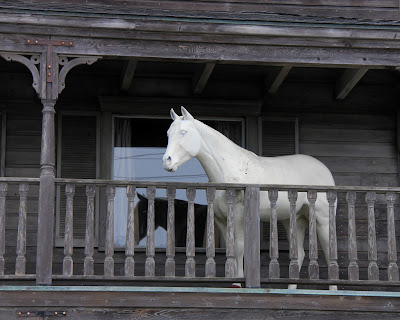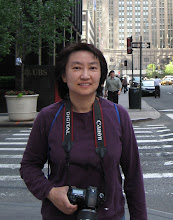Down a small stretch of road in New Almaden are 25 homes listed on the National Register of Historic Places.
Where is New Alamaden? It is a small quiet community next to the thriving city of San Jose in California.
This area is not new although its name suggests that it is. In the 1800's quicksilver also known as mercury was discovered here and this location became one of the most valuable quicksilver mining operations in the world. It was promptly named after the quicksilver mines in Almaden, Spain; thus, this business became known as the New Almaden Quicksilver Mining Company.
Around this time was the big California gold rush and although I don't know exactly how it works, mercury when mixed with gold forms together to become a solid so to make it harder for any small specks of gold to slip through. It is then heated up where the mercury vaporizes and the gold remains. Unfortunately, back then, no one knew about the hazards of mercury.

This home was built between 1848 to 1850 was the residence to George Carson who was the mine company's bookkeeper, postmaster, and telegraph operator. He held all these positions until his death in 1903.
This home belonged to Robert Bulmore, the last manager of the Quicksilver Mining Company where he started as the company's cashier. Many of the photographs of New Almaden in the late 19th century were taken by him.
The plaque in front of this house reads "Built by Barron, Forbes & Company in the late 1840's, this cottage is one of several houses with a brick basement. Theodore S. Shaw, a schoolteacher and Justice of the Peace also lived here, as well as Fred P. Hauck, Sr., who served as treasurer of the New Almaden Company from 1915-1930. The brick sidewalk was constructed so that children could walk to the hacienda school. without muddying their shoes.
The plaque outside this house reads "The 1866 rent records show that "Whispering Wind", house No. 11, was a boarding house. Frank and Laura Bohlman, livery stable operators, rented the home in 1880. Oral history suggests the building housed the sheriff's office and jail, where local drunks sobered up in the back room. Once sober, they climbed out the window and returned to work. The site also included a blacksmith shop and barn.
Note: It was not explained to me, but I suspect all these cottages are currently occupied by residents as they do not look empty or abandoned.
- Karen
















































